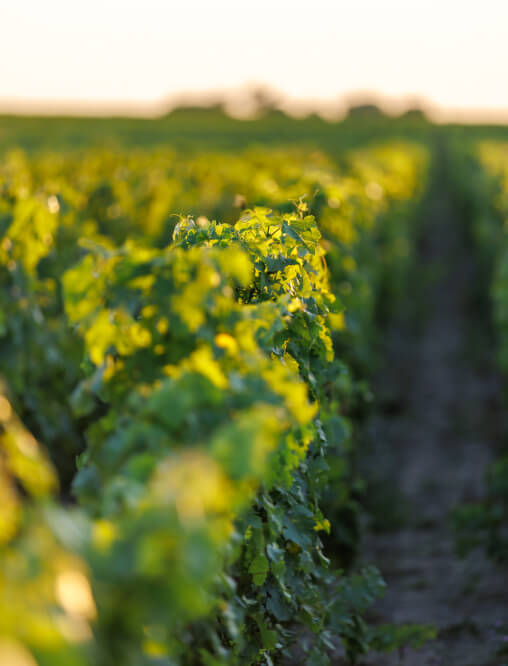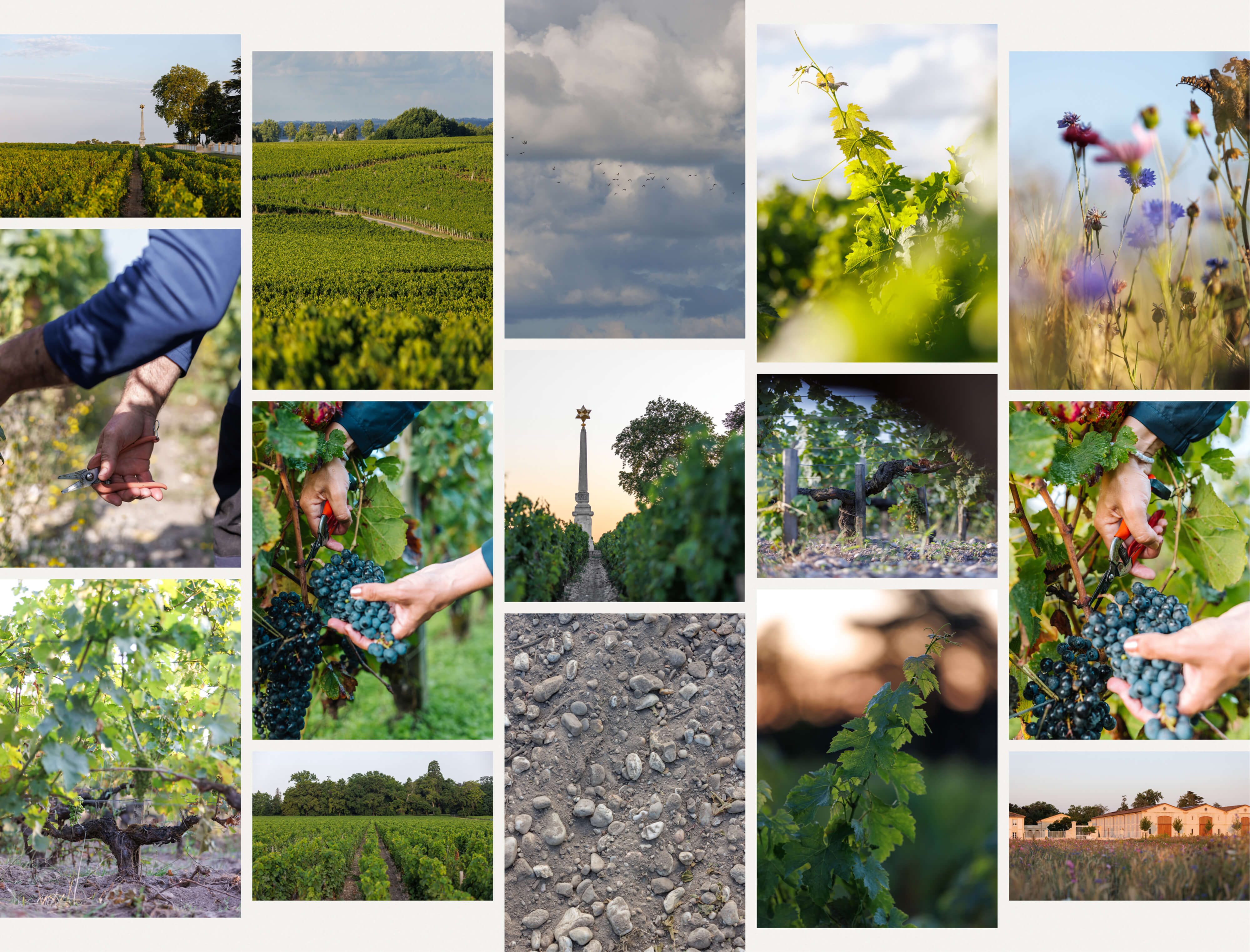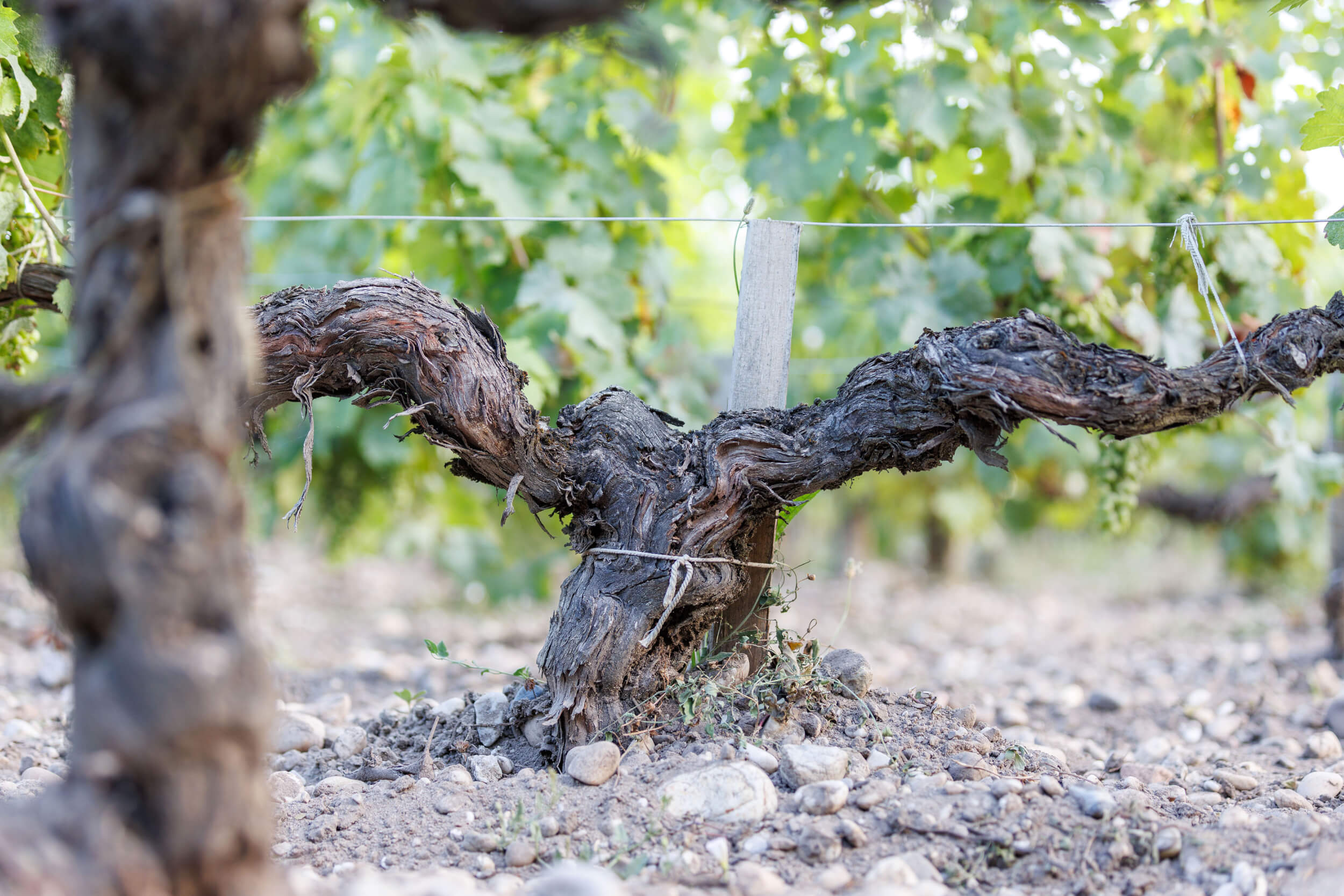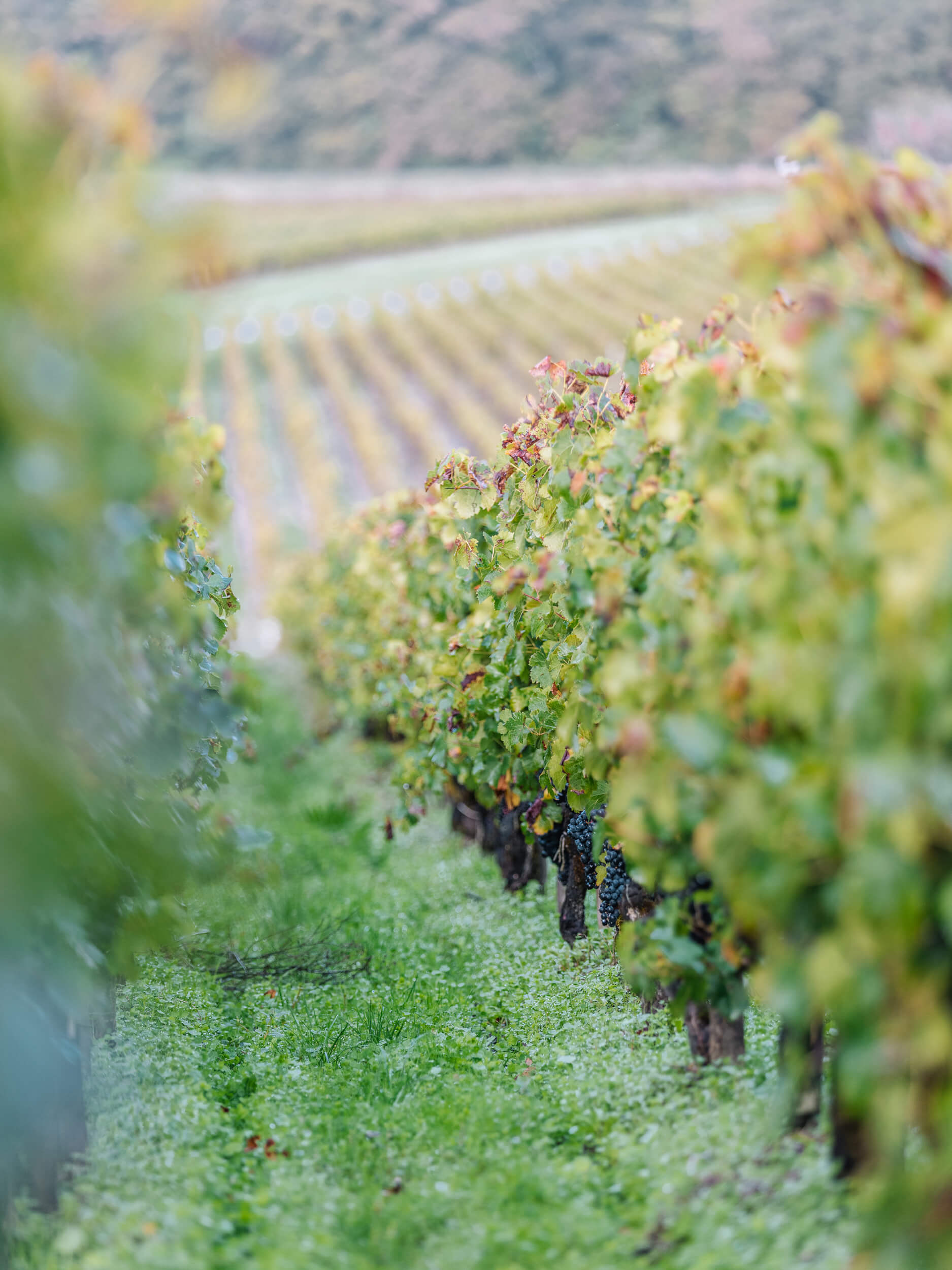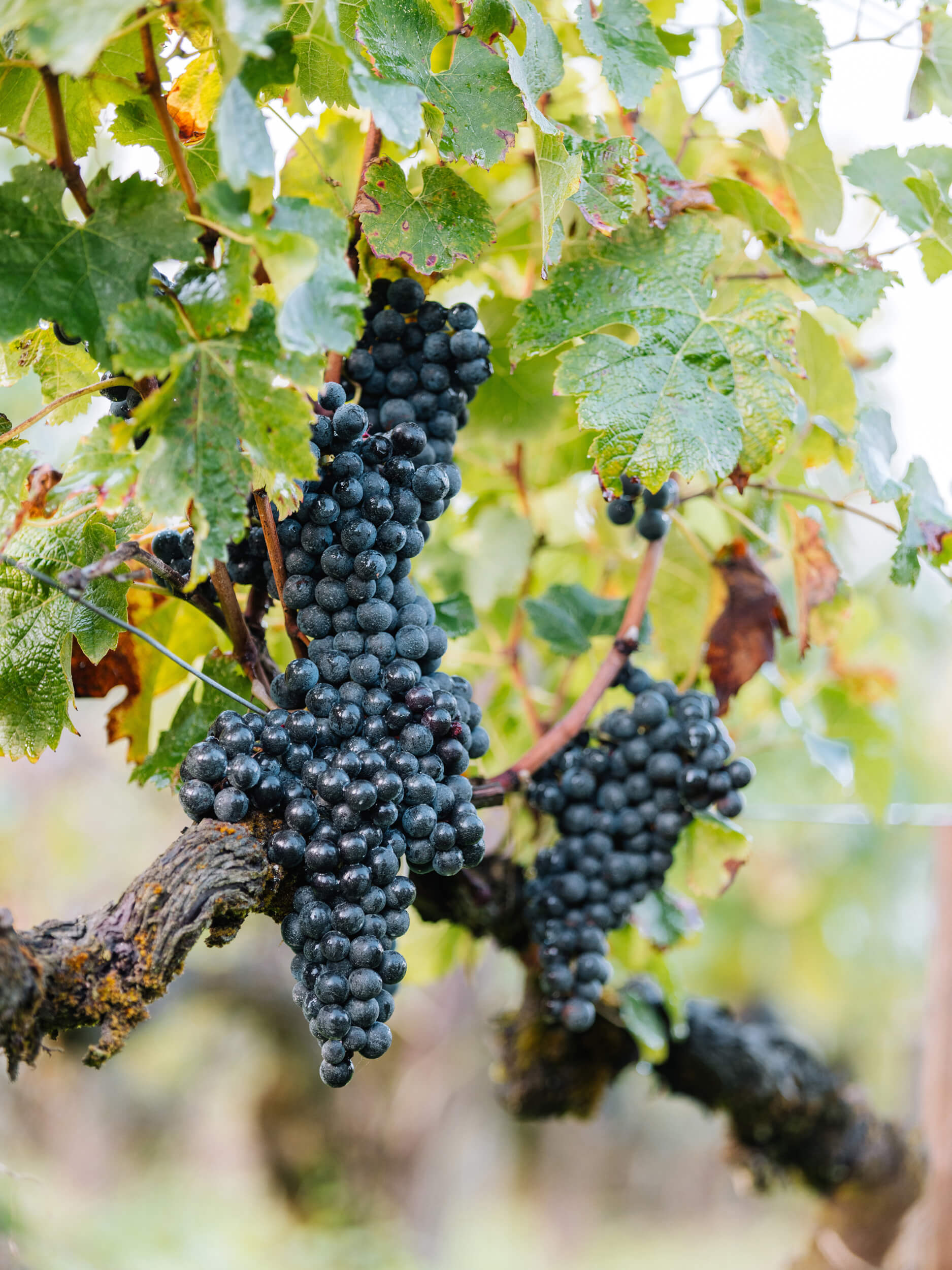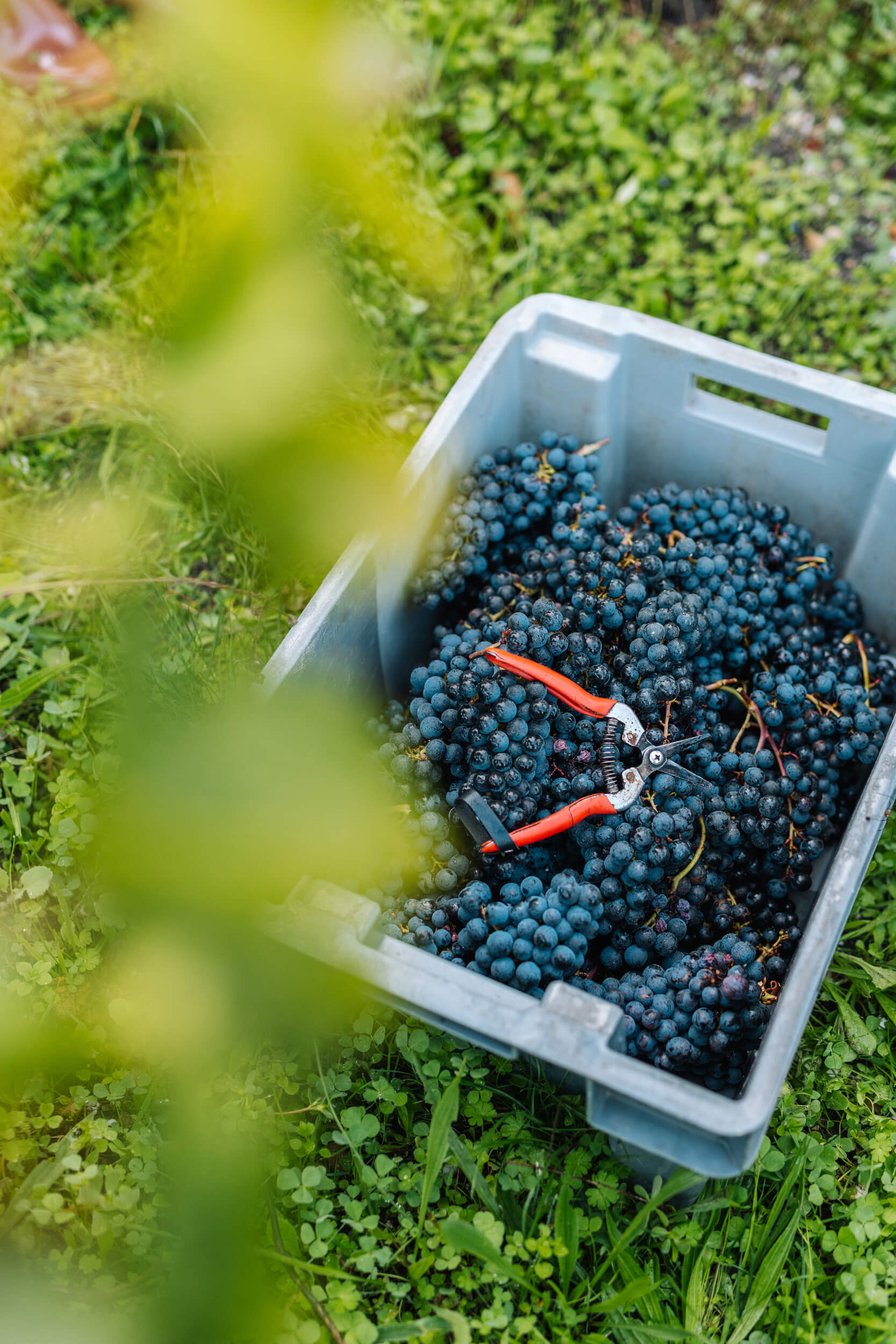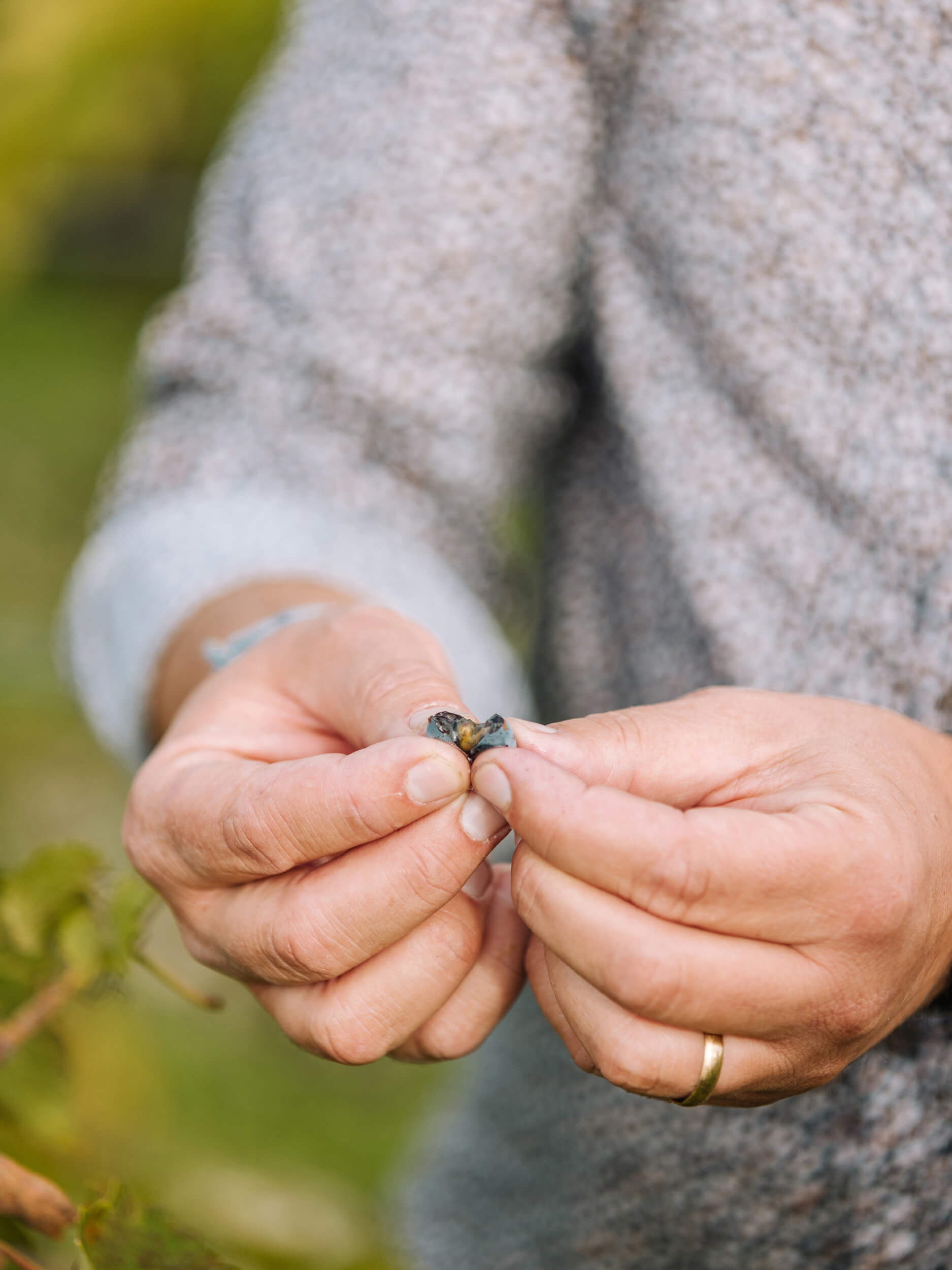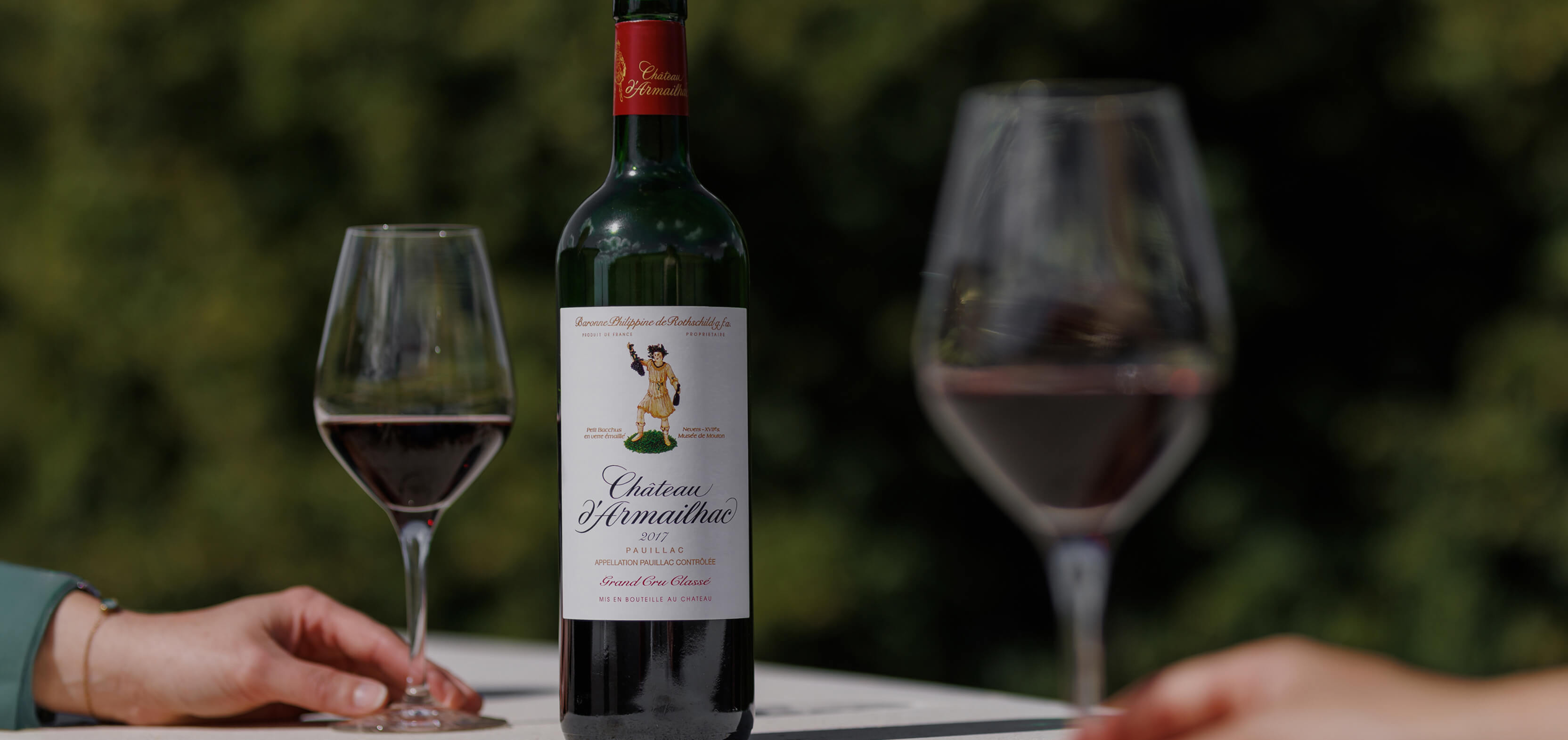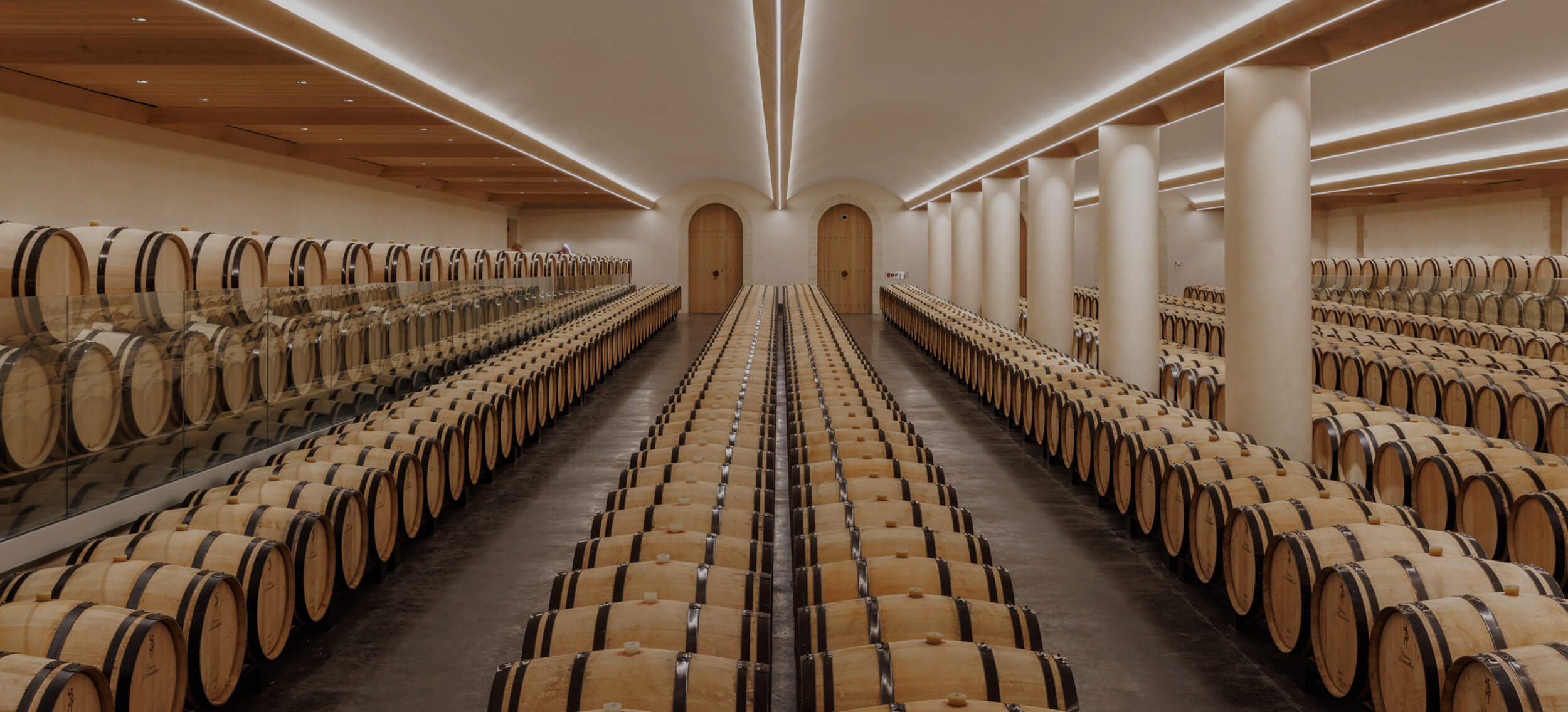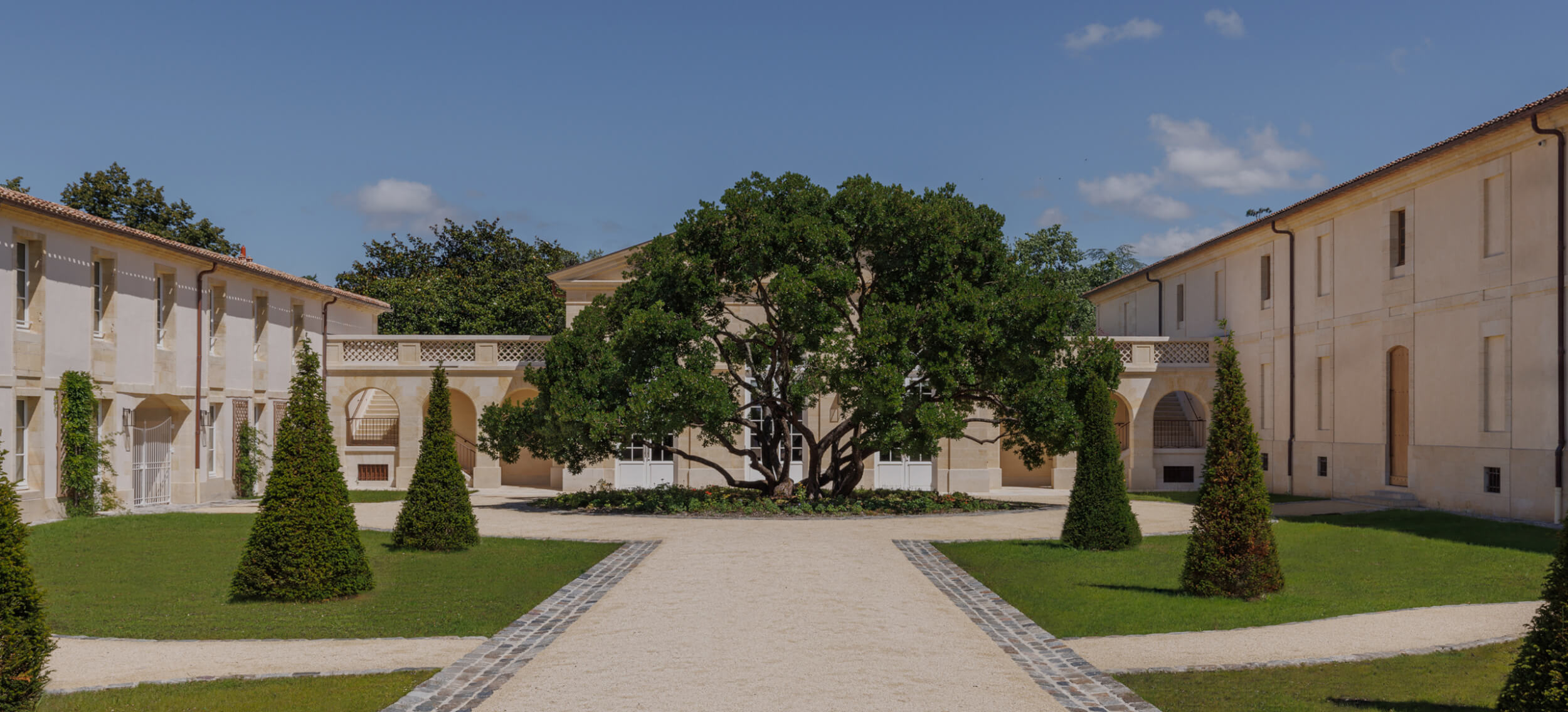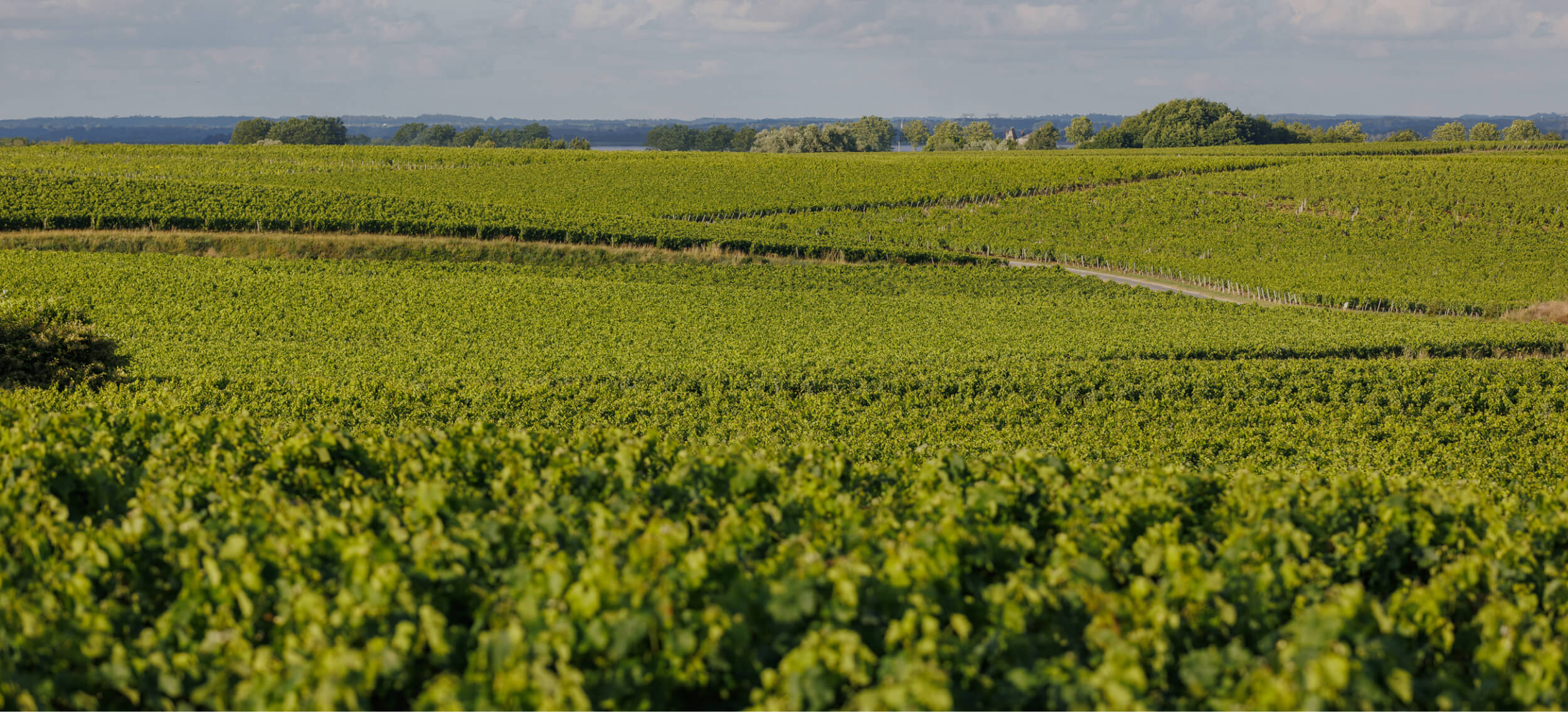
The Château d’Armailhac vineyard spans over 80 hectares (200 acres) on four gravel banks, representative of the different types of soil of the Pauillac appellation.
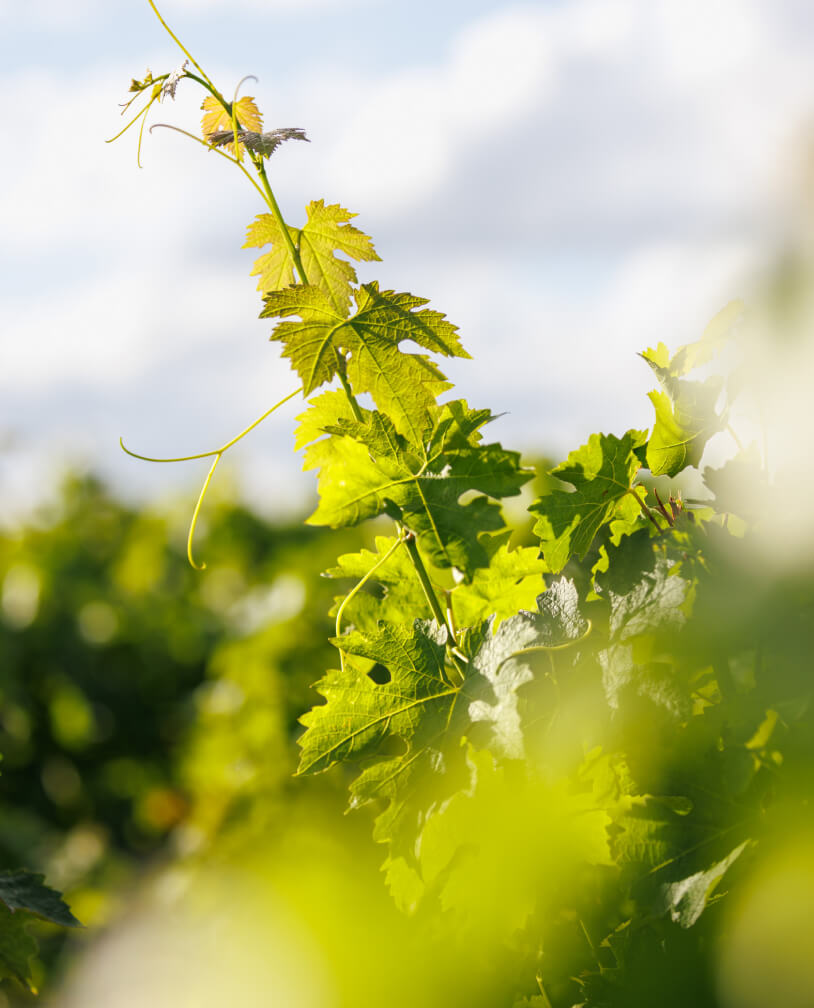
Bordered to the north by Château Mouton Rothschild, its vines are south-facing and have an average age of 40 years.
With this combination of different but complementary terroirs, each grape variety planted can be grown in ideal conditions for achieving its full qualitative potential.
The diversity within the plots helps to moderate potential weather-related excess in any given year, a unique feature reflected in an elegant classicism whatever the vintage.
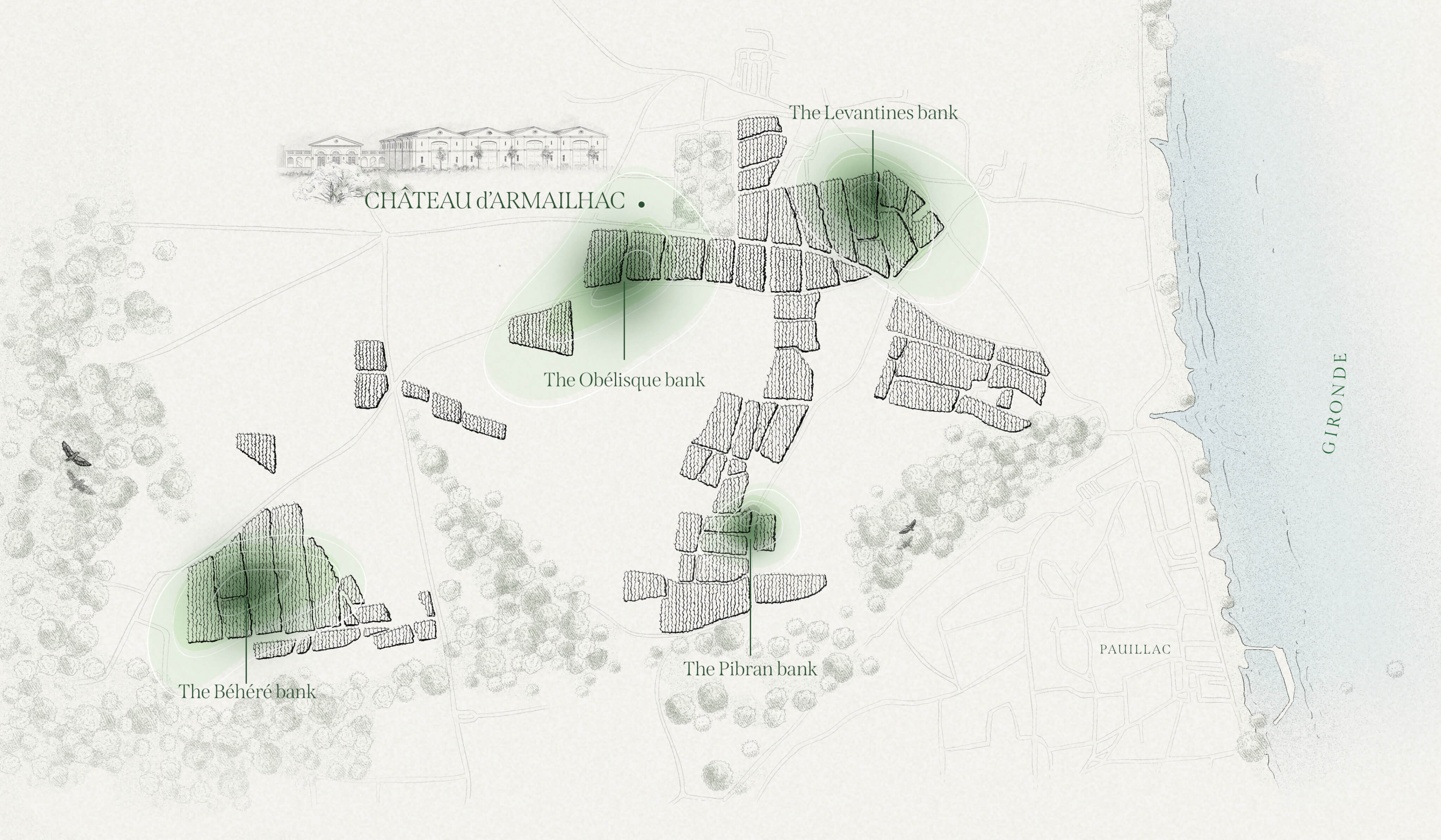
The Obélisque bank
TYPE OF SOIL
Deep gravel in a clay-sand matrix
MAIN GRAPE VARIETY
Cabernet Sauvignon
The clay-rich subsoil of the Obélisque bank is an ideal terroir for Cabernet Sauvignon, a variety almost native to the estate, where it expresses its power with great elegance.
NB: Armand d'Armailhacq introduced Cabernet Sauvignon into the region in the mid-19th century and encouraged other estate owners to grow it.
WHAT IT BRINGS TO THE WINES
Power and elegance
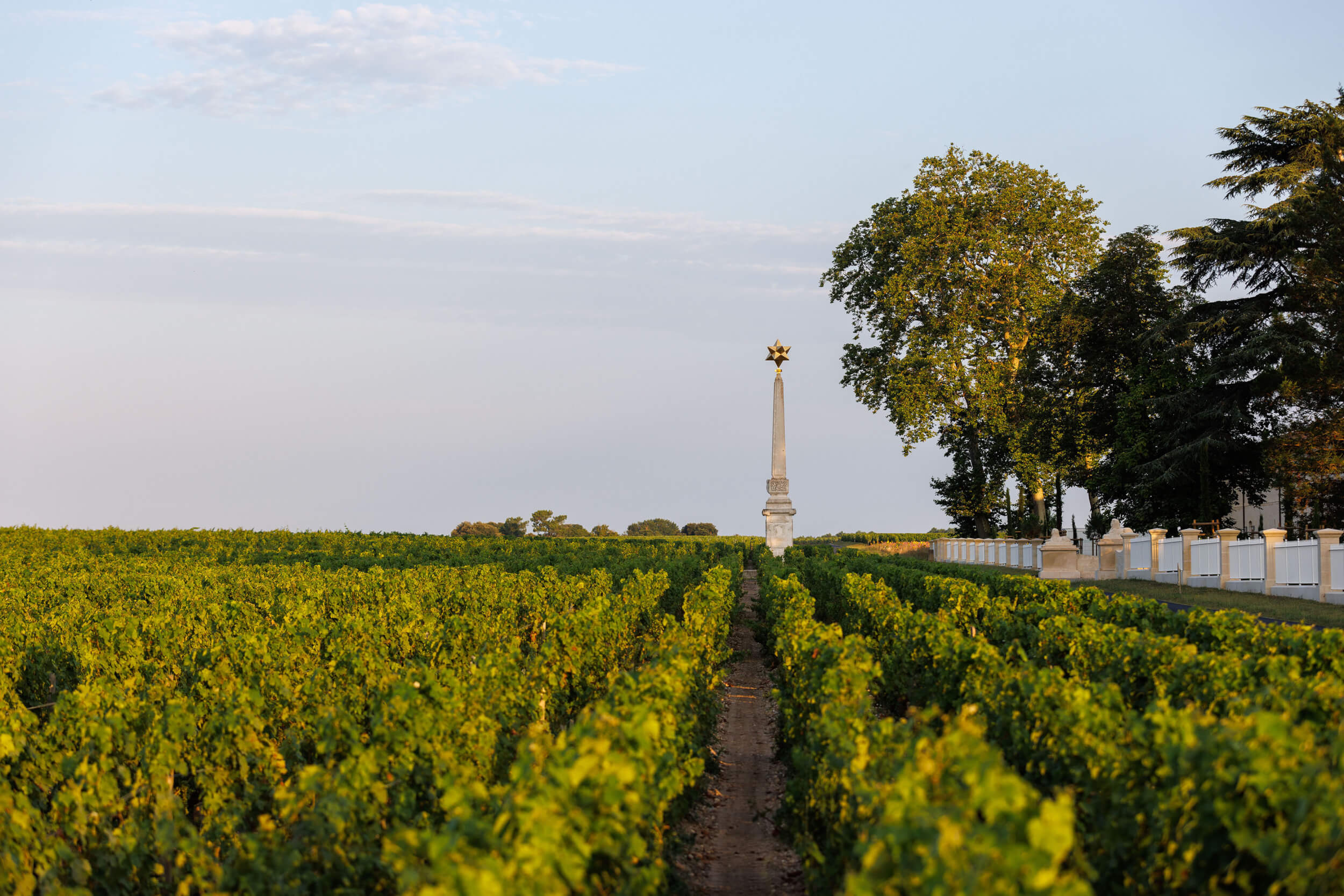
The Levantines bank
TYPE OF SOIL
Washed light and deep gravel with a small amount of clay
MAIN GRAPE VARIETY
Cabernet Sauvignon and Cabernet Franc
This soil encourages the vines to put down deep roots, bringing out all the refinement of the Cabernet Sauvignon grapes grown there.
Cabernet Franc, another traditional Bordeaux grape variety, also flourishes on the gravelly soil. Cabernet Franc vines with an average age of 60 years represent 8% of the vine population at Château d’Armailhac, a rather high proportion for a Médoc vineyard.
These remarkable Cabernet Francs, with an average age of 60 years, are a hallmark of Château d'Armailhac wines.
WHAT IT BRINGS TO THE WINES
Power and elegance
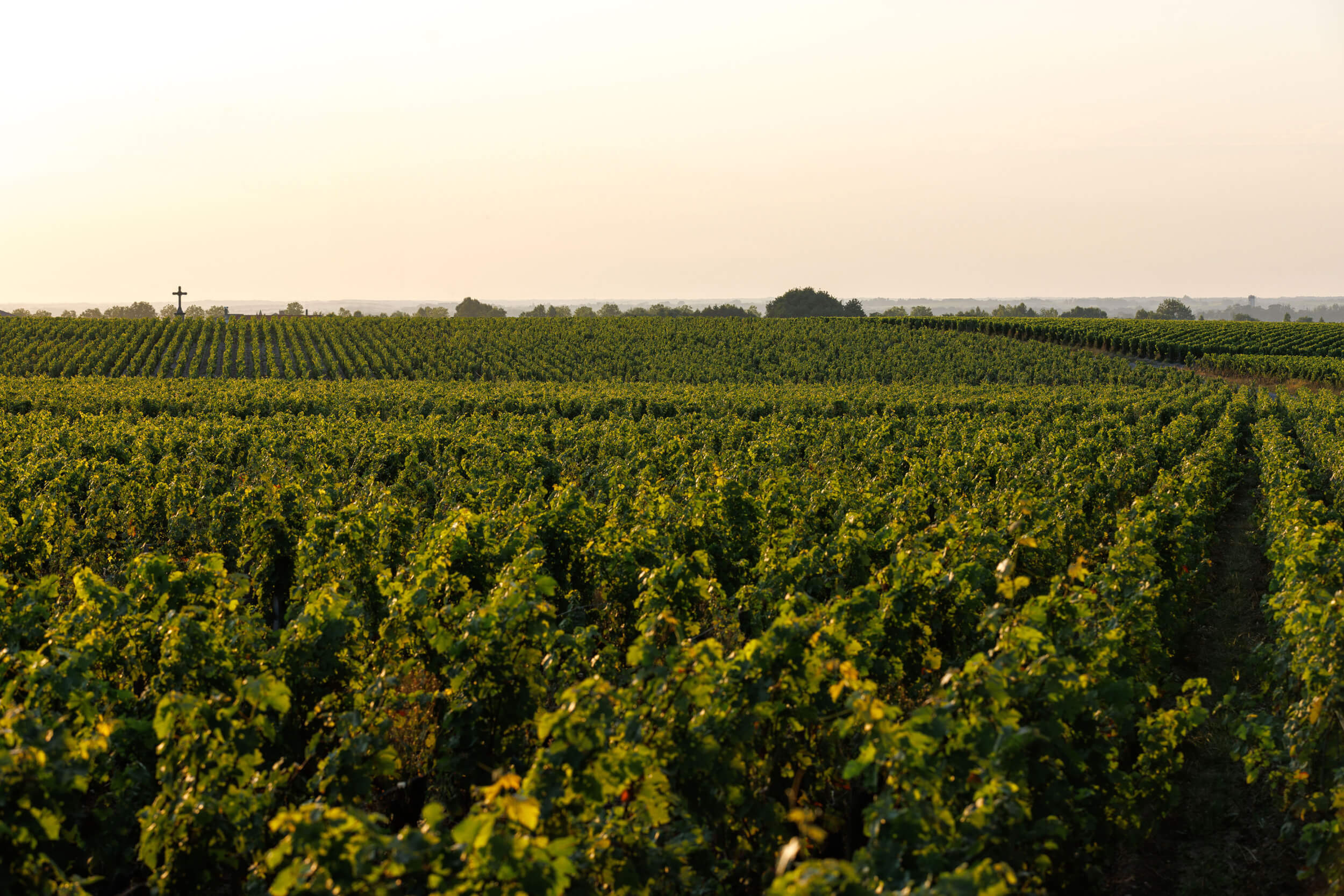
The Pibran bank
TYPE OF SOIL
Moderately deep gravel over a clay base
MAIN GRAPE VARIETY
Cabernet Sauvignon and Merlot
The gravel bank hosts several fine parcels of Cabernet Sauvignon. As the grapes experience water stress later on in the season, they show high concentration, imparting a firm tannic structure to the final blend.
The estate’s oldest Merlot plots are planted on the slopes of the Pibran bank, providing an ideal terroir for the variety, which flourishes on the richer clay soil.
WHAT IT BRINGS TO THE WINES
Freshness and power
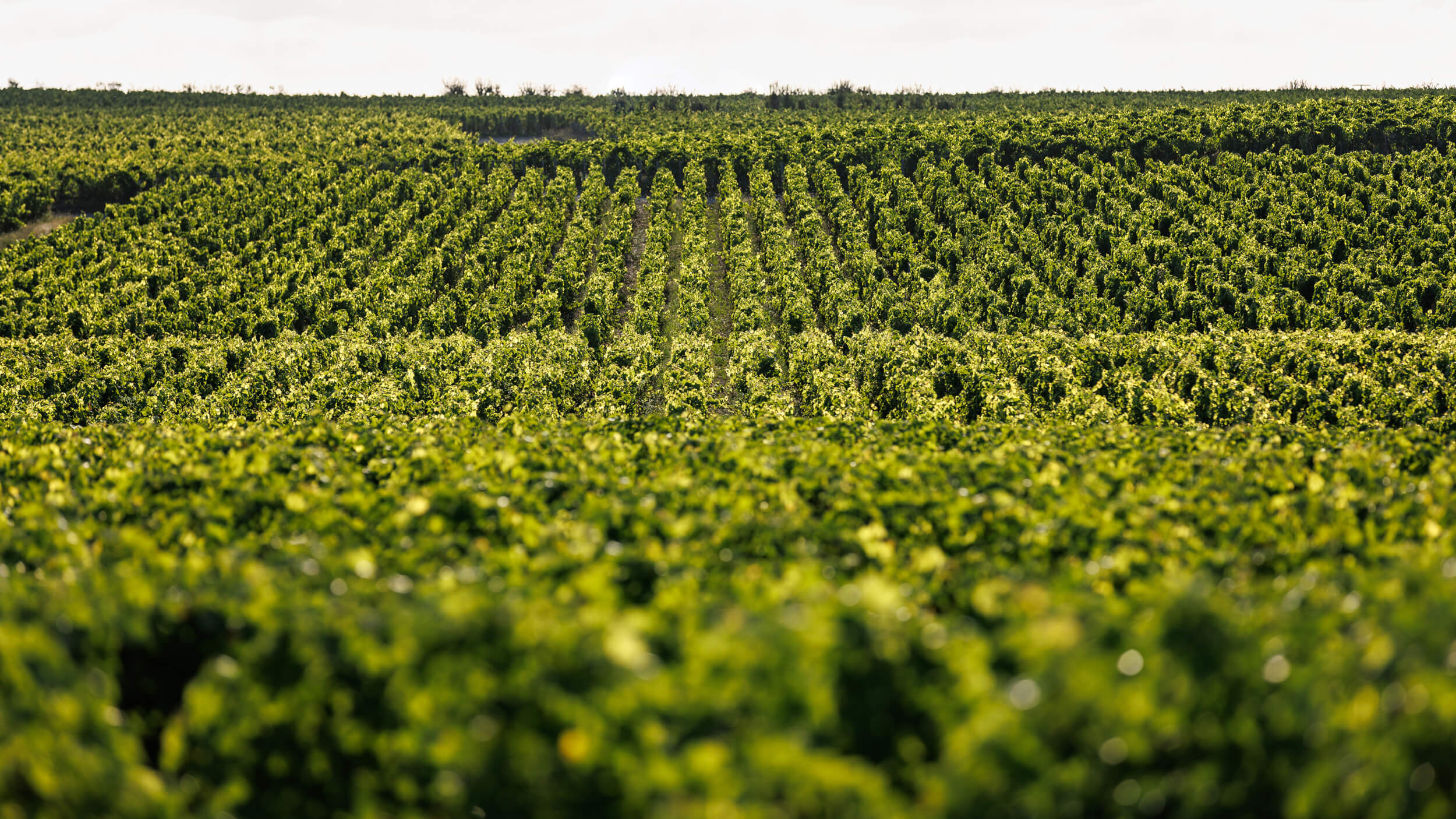
The Béhéré bank
TYPE OF SOIL
Concreted gravel and clay
MAIN GRAPE VARIETY
Cabernet Sauvignon, Merlot and Petit Verdot.
Cabernet Sauvignon and Petit Verdot flourish on the upper part of the bank with its gravelly soil.
Petit Verdot, a typical Médoc variety, brings structure and a touch of spice to the final blend. The clay soils in the lower part of the Béhéré bank form an ideal terroir for Merlot, where it reveals all its freshness.
WHAT IT BRINGS TO THE WINES
Power and refinement
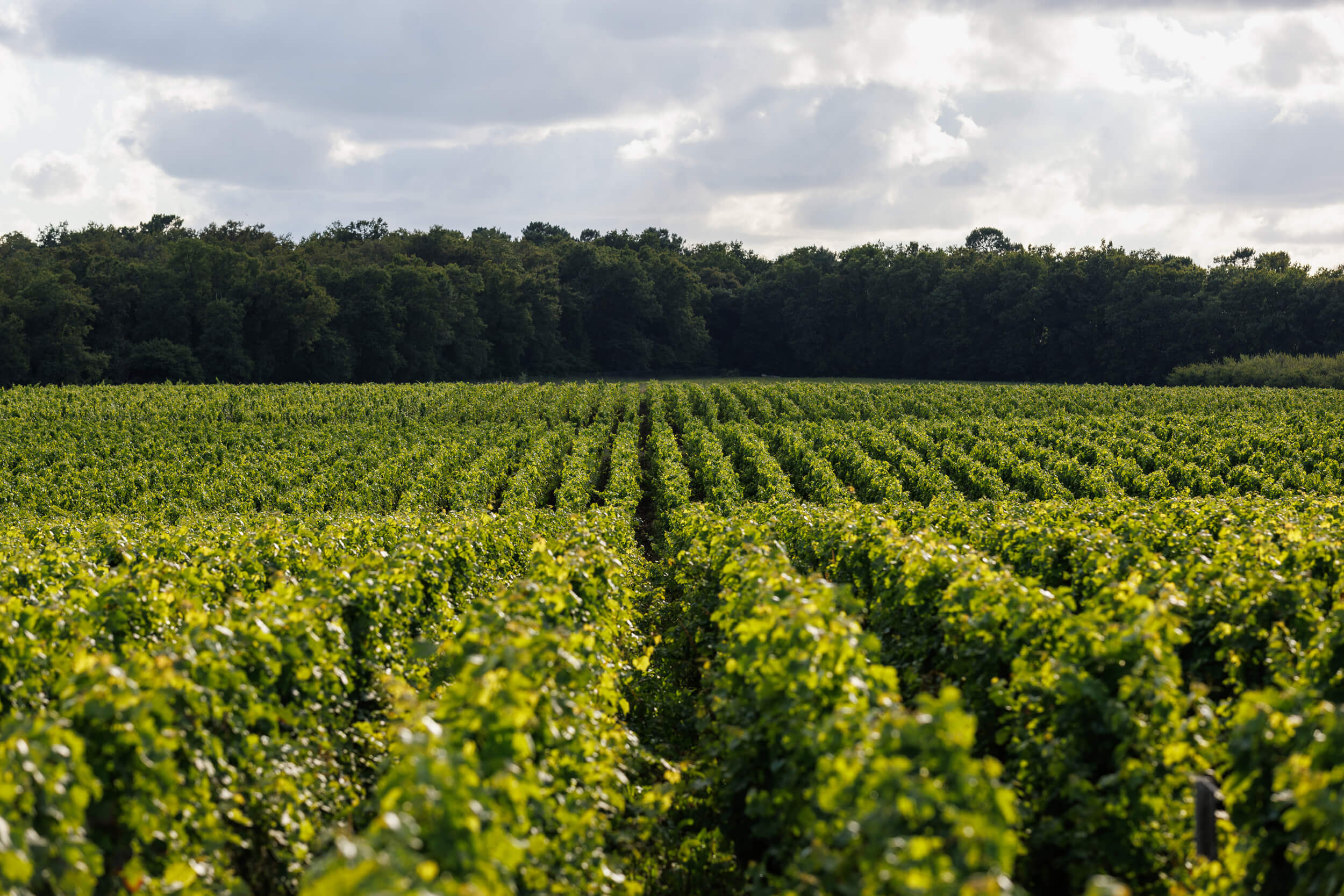
Vine population
52% Cabernet Sauvignon
38% Merlot
8% Cabernet Franc
2% Petit Verdot
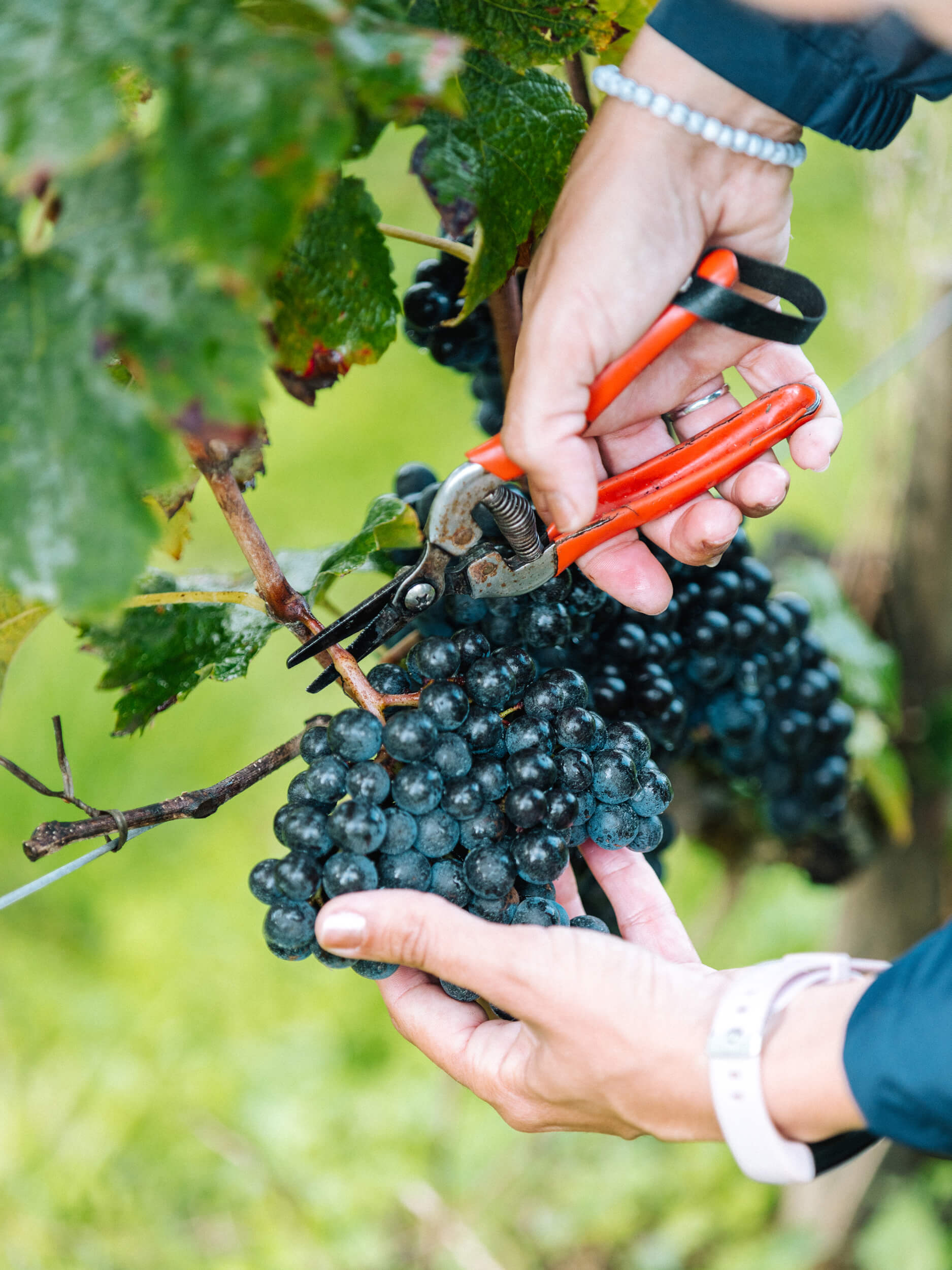
Mindset
A determination to respect the earth and the existing plant material guides technical choices at all times. The vinegrowers at the estate tend the vines with a constant awareness of the terroir, which involves understanding how the soils work agronomically and adapting farming practices to the behaviour of the vines grown there, especially in relation to weather conditions. That implies dynamic vineyard management, adapting vinegrowing itineraries, ranging from manual tasks to tillage, in order to get the best out of each plot.
Cover crops and composted manure help to maintain the level of organic material needed to ensure the vineyard’s long-term sustainability.
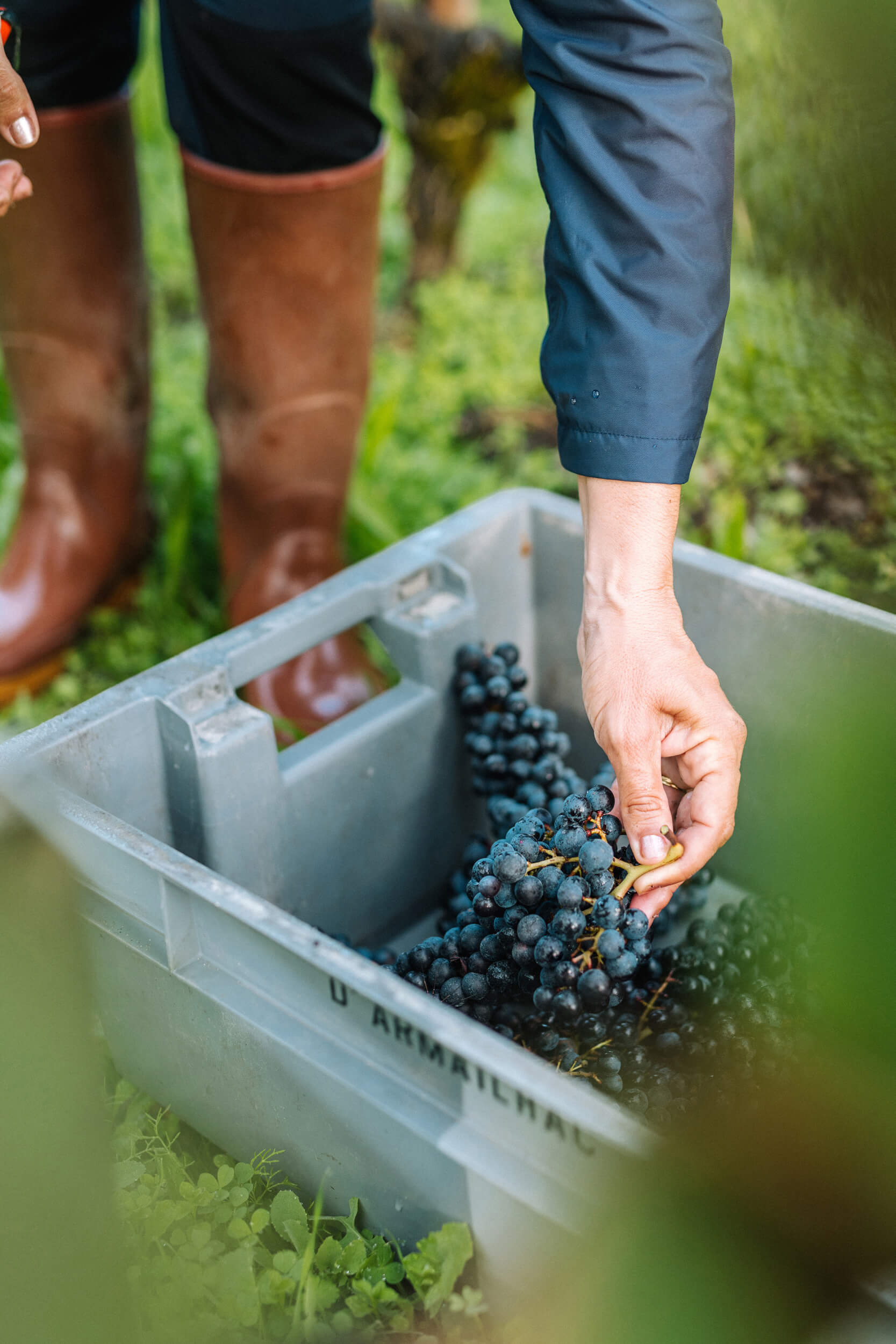
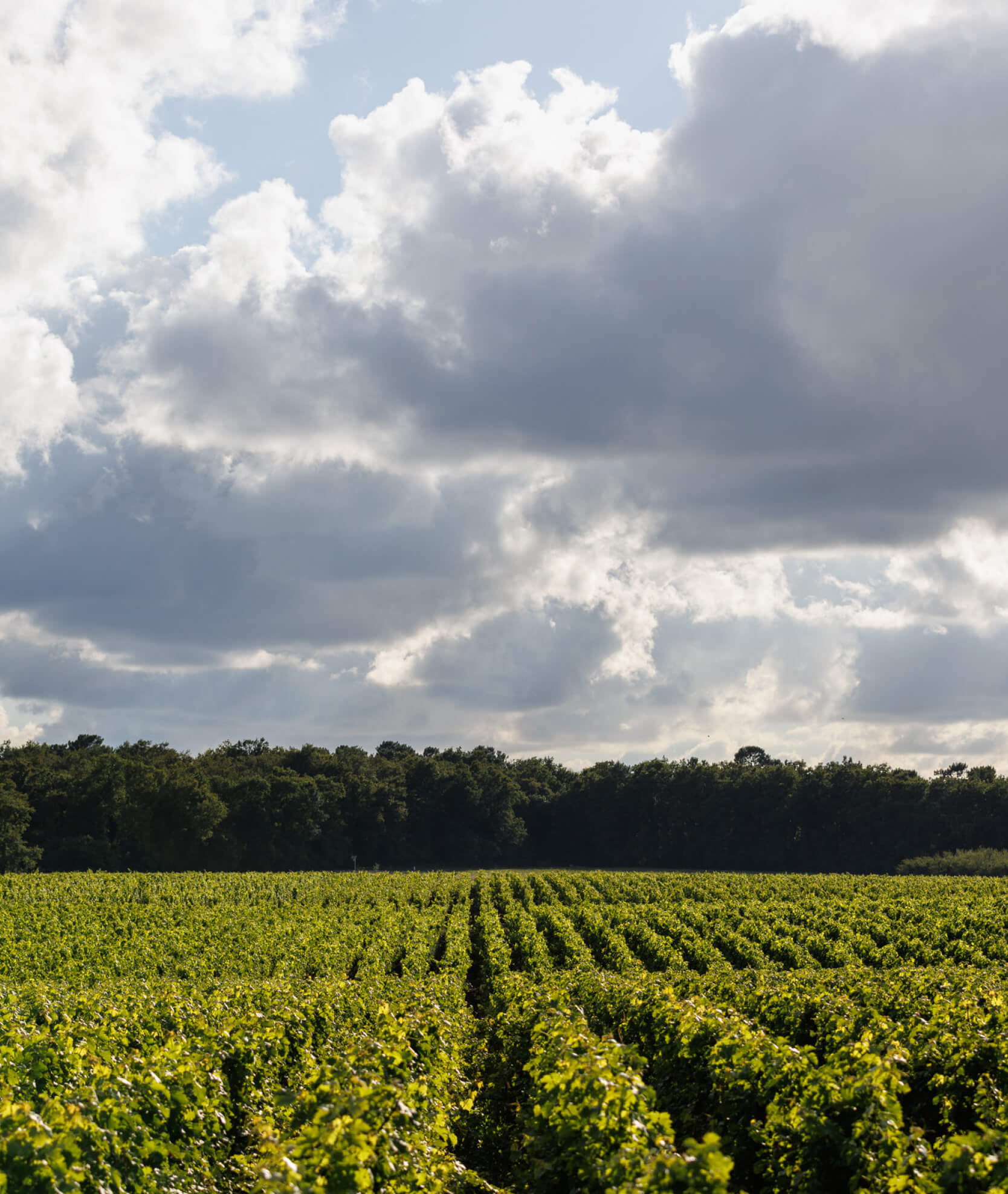
Agronomic vineyard management also involves sowing cereal crops on certain plots. These cover crops may be maintained temporarily depending on the conditions of the vintage, especially water and nitrogen stress levels, in order to encourage the microbial life of the soil.
Other practices, such as pruning designed to encourage sap flow and extend the vinestock’s lifespan, also help to preserve Château d’Armailhac’s vinegrowing heritage and secure its long-term future.
During the harvest, the technical team taste grapes from each plot every day in order to decide the best date for picking, depending on the type of soil, the vegetation balance and the maturity of the crop.
